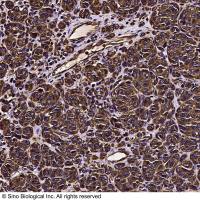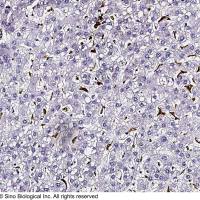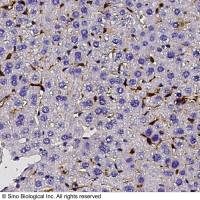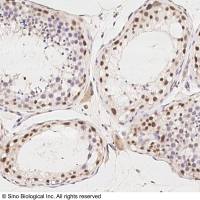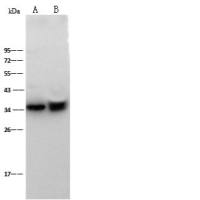Purification of Antibodies Using Affinity Chromatography
互联网
749
The effectiveness of affinity chromatography relies on the ability of a molecule in solution to recognize specifically an immobilized ligand (1 –3 ). This type of separation, unlike other chromatographic methods, uses the intrinsic biological activity of a molecule to bind to a substrate, hapten, or antigen. Principles of matrix selection, gel preparation, and coupling of ligands have been reviewed extensively by Ostrove (2 ). Antibody affinity chromatography has been employed to isolate antigen-specific antibodies (antibodies raised against a particular protein), hapten-specific antibodies (antipeptide antibodies, antiphosphotyrosine antibodies, anti-TNP antibodies), or species-specific immunoglobulins, or to separate crossreacting immunoglobulins from the antibody of interest (3 –7 ). Several types of affinity matrices are commercially available. The most common matrix for coupling of molecules is CNBr-activated Sepharose (Pharmacia-LKB, Piscataway, NJ) (8 ). It is ideally suited for affinity chromatography for several reasons. Sepharose exhibits little nonspecific protein adsorption, is stable over a wide pH range, and can be used with denaturants or detergents. Because of its large pore size (exclusion limit of 2 � 107 ), the matrix has a high capacity and, therefore, allows for internal ligand attachment.


